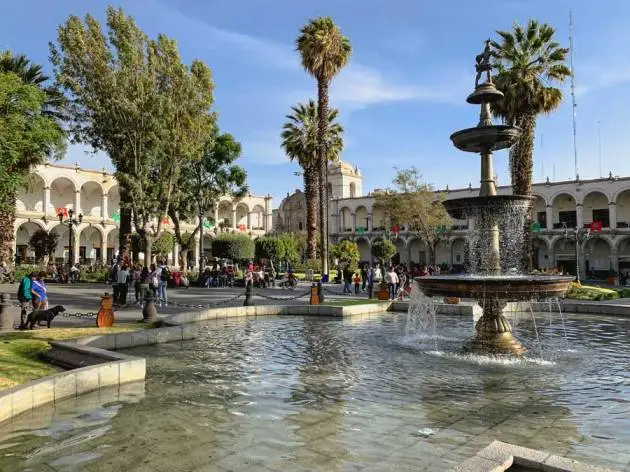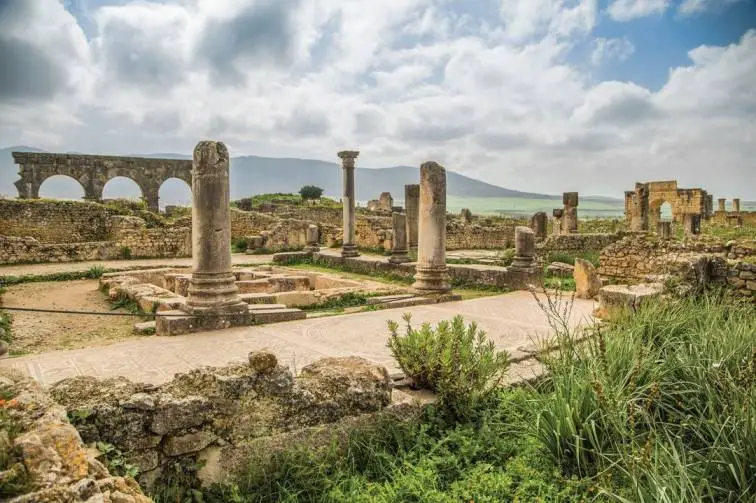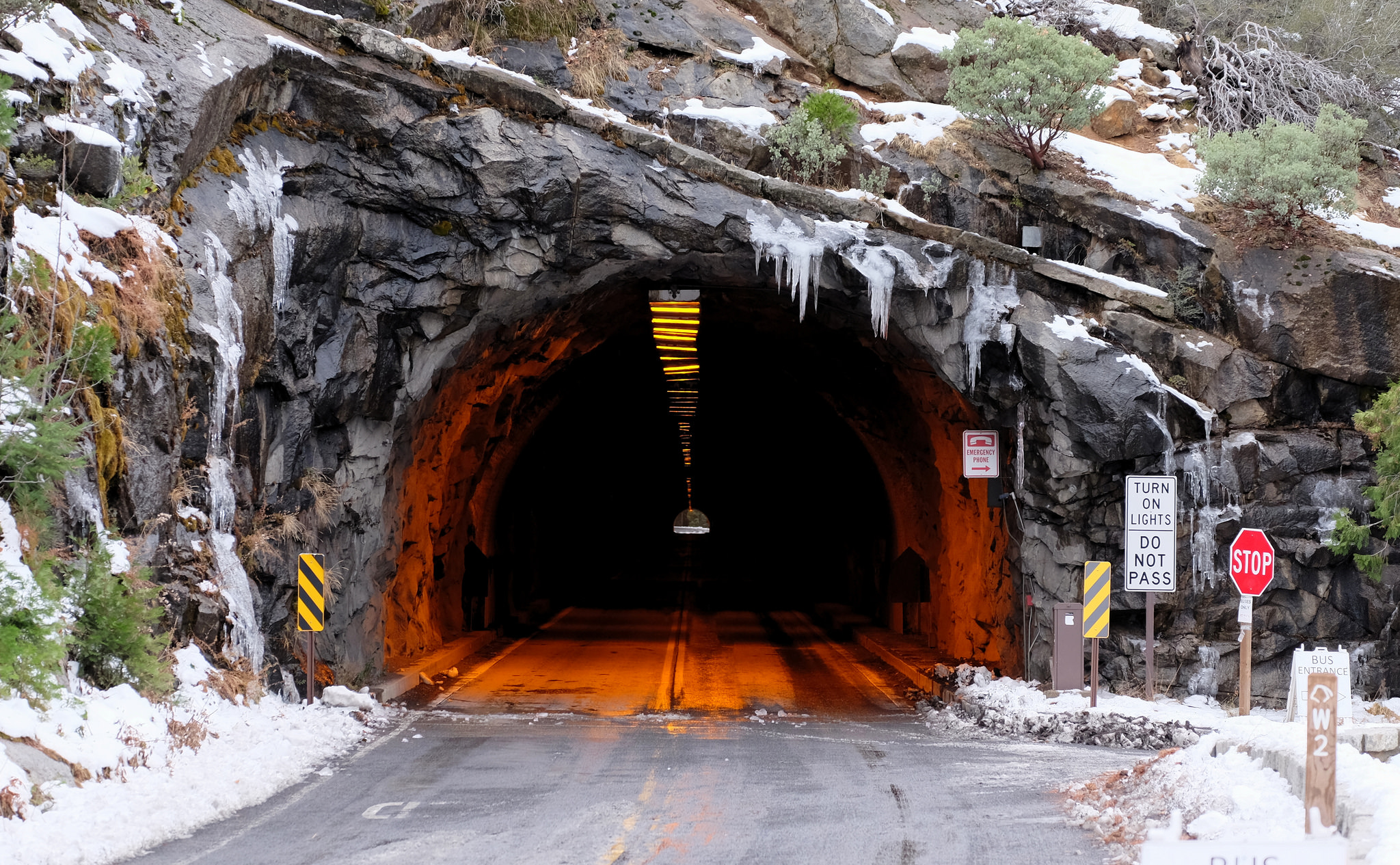Rediscover the Charm of Former Tourist Hotspots
.webp)
Faded Stars
After being crowded with joyful vacationers, several well-known attractions and resorts have fallen on hard times and are now empty and deserted. Here, we look at some fading gems with an ethereal, eerie appeal, from war-torn hotels and rusted fairs to long-forgotten pleasure gardens overrun by nature and marooned piers.
Sutro Baths, California, USA
Within the Golden Gate National Recreation Area, near the northern end of San Francisco's Ocean Beach, are the concrete remnants of the once-grand Sutro Baths. Adolph Sutro, a self-made businessman, had the idea for the swimming pavilion, which was constructed in 1894. Originally an ocean pool, the facility grew to become a large 10,000-person public bathhouse. In the bath's heyday, people came for more than just swimming; they came for restaurants, talent shows, and music. However, the baths were never profitable, and in 1966, despite efforts to rebuild the area, a fire destroyed them.
Cliff House, California, USA

The Cliff House, which was initially constructed on the cliff in 1863 and has undergone several reconstructions throughout its history, is located above the Sutro Baths pool complex. After purchasing it in 1890, Sutro constructed a streetcar route to his Sutro Baths and a steam train line to the restaurant. President Theodore Roosevelt and Mark Twain were among the many famous patrons of this adored San Francisco restaurant and viewpoint, which quickly rose to prominence as a stylish hangout for the rich. The National Park Service purchased the Cliff House in 1977 and proceeded to rehabilitate the 1909 structure. The long-time owners of the eatery, however, claimed last year that they were being pushed to close, according to The Guardian. Cliff House is presently shuttered, according to the NPS, although it wants to "welcome visitors.
Big Bell Hotel, Australia
When the Big Bell Gold Mine opened in 1936, the hotel in Big Bell, a now-deserted settlement in Western Australia, was reported to have had the longest bar in Australia at the time, bringing in thirsty patrons from all over the country. Now, the spectacular Art Deco hotel's remains are among the few structures still standing in the abandoned mining town that closed its doors in 1955. It is located in Western Australia's mid-west, close to the isolated town of Cue.
Herne Bay Pier, UK
The abandoned pier of the beach resort is abandoned off the shore of Herne Bay in Kent. But this pier, the third to be constructed, was the second longest in England when it opened in 1899. There was a huge pavilion for performances and dance, as well as a tram system to transport guests to the steam ferry terminus at the end. A portion of the pier was bombed during World War II to prevent enemy landings, and it was utilized as an army base. Its foundations were probably irreparably harmed even if it was renovated. It was closed in 1968 after being deemed dangerous, and in 1978 a storm brought down the center section.
Tivoli Garden, Cornwall, UK

See the remnants of a swimming pool, big obelisks, beautiful fountains, and a bandstand in a little Cornish settlement, peeking through the overgrowth and tangled trees beside a wooded walk. They were formerly a part of a grand park called after the Tivoli Gardens, which was constructed and named for the famed pleasure gardens of Copenhagen by rich local Frank Parkyn. They first opened in 1922 and hosted the yearly Lerryn Regatta until 1968, at which point they were progressively abandoned and lost to memory until recently.
Read Also: Worlds Oldest Cities And Their Newest Residents
Woodpecker Nightclub, Italy
Near the province of Ravenna, near the town of Cervia, there's all that's left of an opulent Italian nightclub, standing in a field. Established in 1952, the Woodpecker Nightclub drew patrons and orchestras from all over the nation to the coastal town of Milano Marittima. It was moved and reconstructed here between 1962 and 1964 as noise started to become an issue. Part of the new nightclub was an eye-catching cupola that covered the dance floor. After a fire decimated the majority of the property in 1975, it permanently closed. Today, only the fading cupola survives.
Hotel Du Lac, Tunis, Tunisia
Built in the 1970s following Tunisia's independence, this striking example of inverted brutalist architecture added to the city's skyline. The hotel, which was created by Italian architect Raffaele Contigiani, opened its doors in 1973 with the intention of serving the developing tourist sector in the nation. It was formerly among the best places to stay in Tunis, but it closed in 2000. The impressive building was partially damaged by fire and fell into disrepair. Public resistance to the hotel's planned demolition has been strong, with many people wanting to keep the structure intact as a piece of the city's architectural legacy.

















